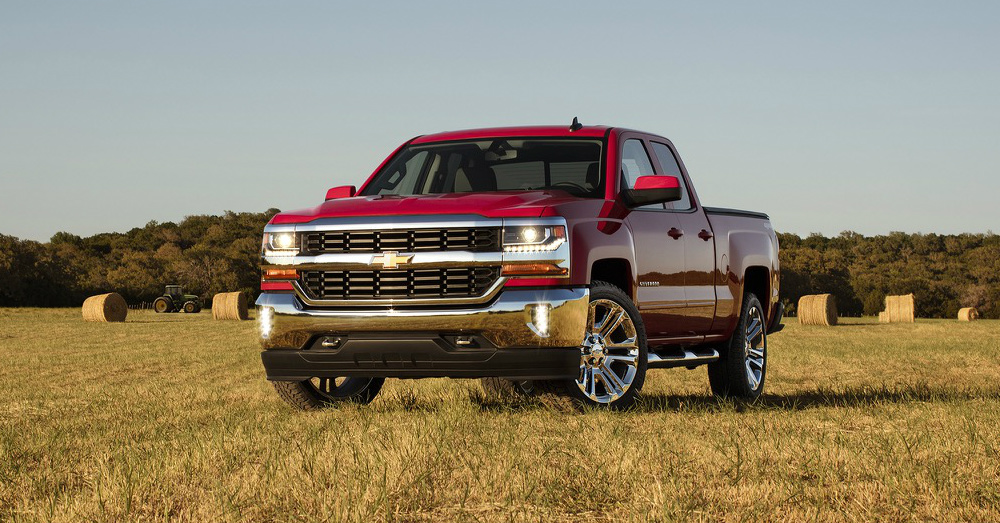The last four years in the automotive industry have been troublesome, but we could be on the verge of a negative automotive equity bust.
Over the past few years, automotive dealers have raked in record profits through the ups and downs of the market. Long gone have been rebates, discounts, employee incentives, and price negotiations. Many dealers have charged prices well above MSRP on some vehicles simply because they could. This situation didn’t only apply to new vehicles but to used models as well.
Supply and Demand – Was it out of control?
The COVID-19 pandemic caused most manufacturing to halt for a brief, albeit important, period of time. When this happened, most dealers turned to the used inventory to bring in profits and turn sales volume. As the number of used cars dwindled, prices skyrocketed. This is typical of a supply/demand scenario, but it can have long-term negative effects as well. Some of the prices charged for used models were above what those vehicles cost when new. The supply-chain issues only exacerbated the problems, which have continued into 2023.
Average new car prices rose dramatically
Some might say the new car average price rising more than $11,000 in the past four years was bound to happen. During that time, we’ve seen a new direction toward EVs from the federal government, fewer small cars in the market, more standard features included in vehicles, and inflation. These factors should translate to higher car prices but could also translate to some serious negative automotive equity for most buyers. This will eventually be a serious problem for dealers who have raked in record profits over the past few years. What could that problem be?
Consumers won’t buy cars as often
Unless something is done to level out the value, interest rates, and prices of vehicles, most buyers will find themselves upside-down in their auto loans. It’s been reported that nearly twenty percent of new car loans show consumers paying more than $1,000 per month for their loans. This, coupled with the lowering prices of used cars, will cause some serious problems. Most consumers will eventually find themselves owing more on their vehicles than what they are worth when they want to trade their current vehicles for new models. This could slow the movement toward electric vehicles and be problematic for dealers.
Leasing might be one answer
Although it could be difficult for dealers to offer consumers enough value to trade vehicles that are now in a negative automotive equity position, this might be the right time to reinvigorate leasing terms and programs. One of the best ways to make leasing attractive to consumers is to offer leases that don’t require large up-front costs to enter that lease program. Doing this would allow the dealership to maintain the value of the vehicle and bring consumers into dealers for more vehicles than they otherwise might use when faced only with purchase options.
Why is this a good answer?
The future of automotive values is predicted to be in such disarray that experts don’t expect consumers to buy as many vehicles as in the past. Many shoppers will choose a new ride three times per decade, but the current financial climate and predicted lower value of these vehicles could reduce that to twice per decade instead. That’s a huge hit to dealerships across the country. Unless dealers can offer some amazing service programs or entice new shoppers with lease rates that make sense, they stand to lose most of their profits.
The pandemic has lasting effects
Although some consumers who were already facing negative automotive equity in their vehicles were bailed out by the pandemic and the increased used car prices, that’s not something we can expect to occur again. As in any financial and economic situation, everything is cyclical. In order for the prices to level, they must come down, which decreases the value of new cars being purchased now. This could mean that most shoppers will avoid buying new and try to maintain their current vehicles longer to ensure they can receive the greatest value when it’s time to trade for another model.
We aren’t out of the woods yet. Record profits at car dealers could come to a screeching halt in the next few months unless flexible programs or refinancing offers are made to offset the predicted negative automotive equity in the market.
This post may contain affiliate links. Meaning a commission is given should you decide to make a purchase through these links, at no cost to you. All products shown are researched and tested to give an accurate review for you.




